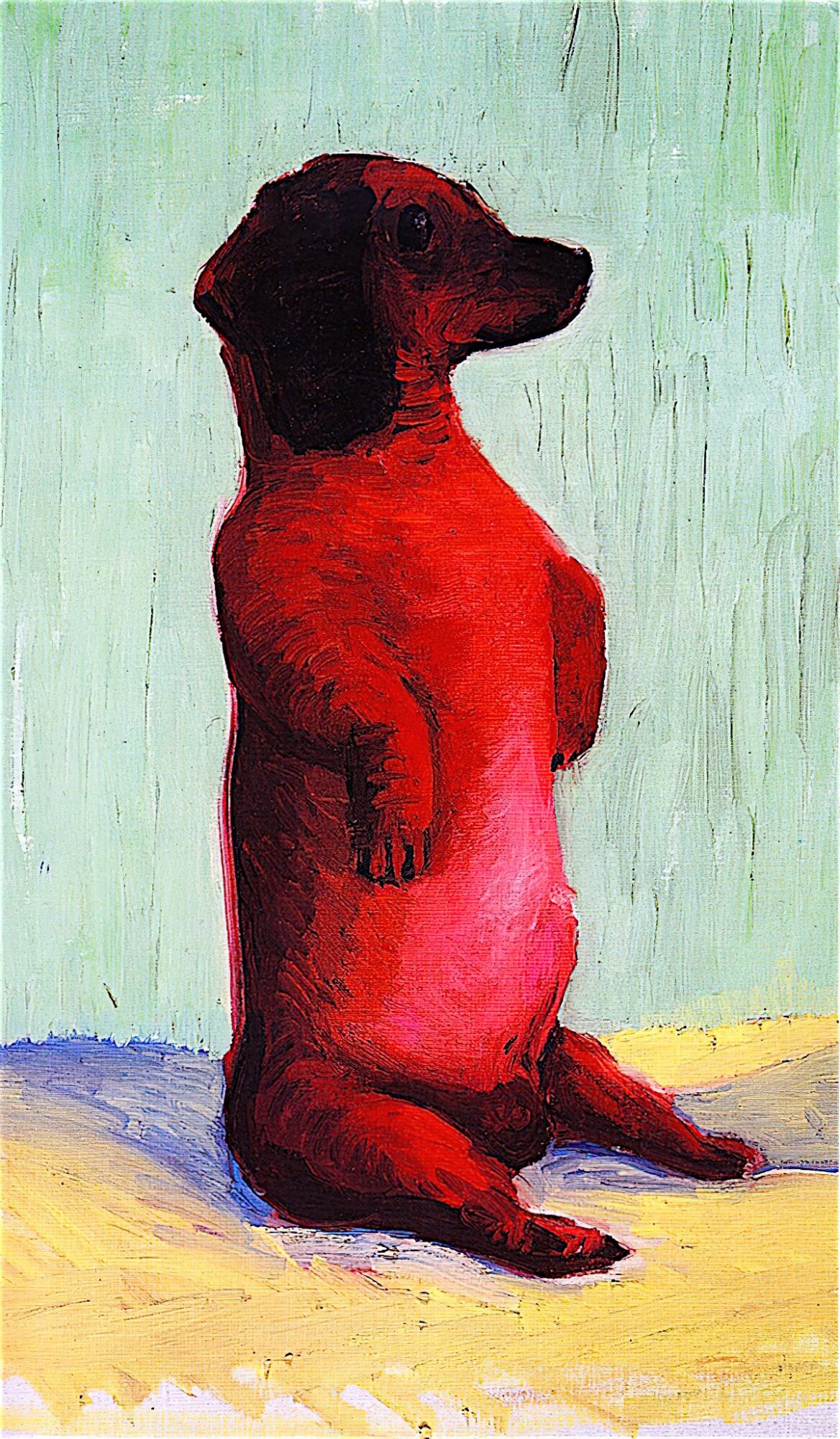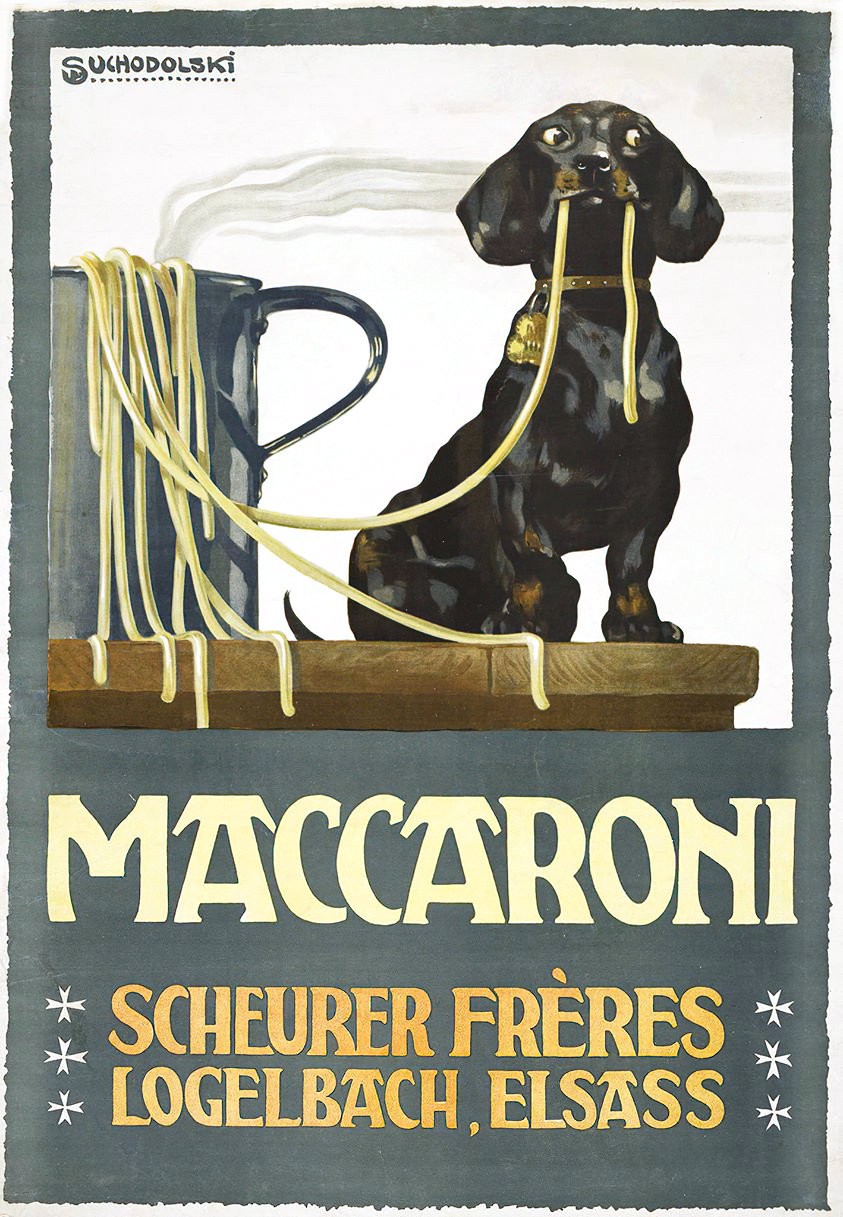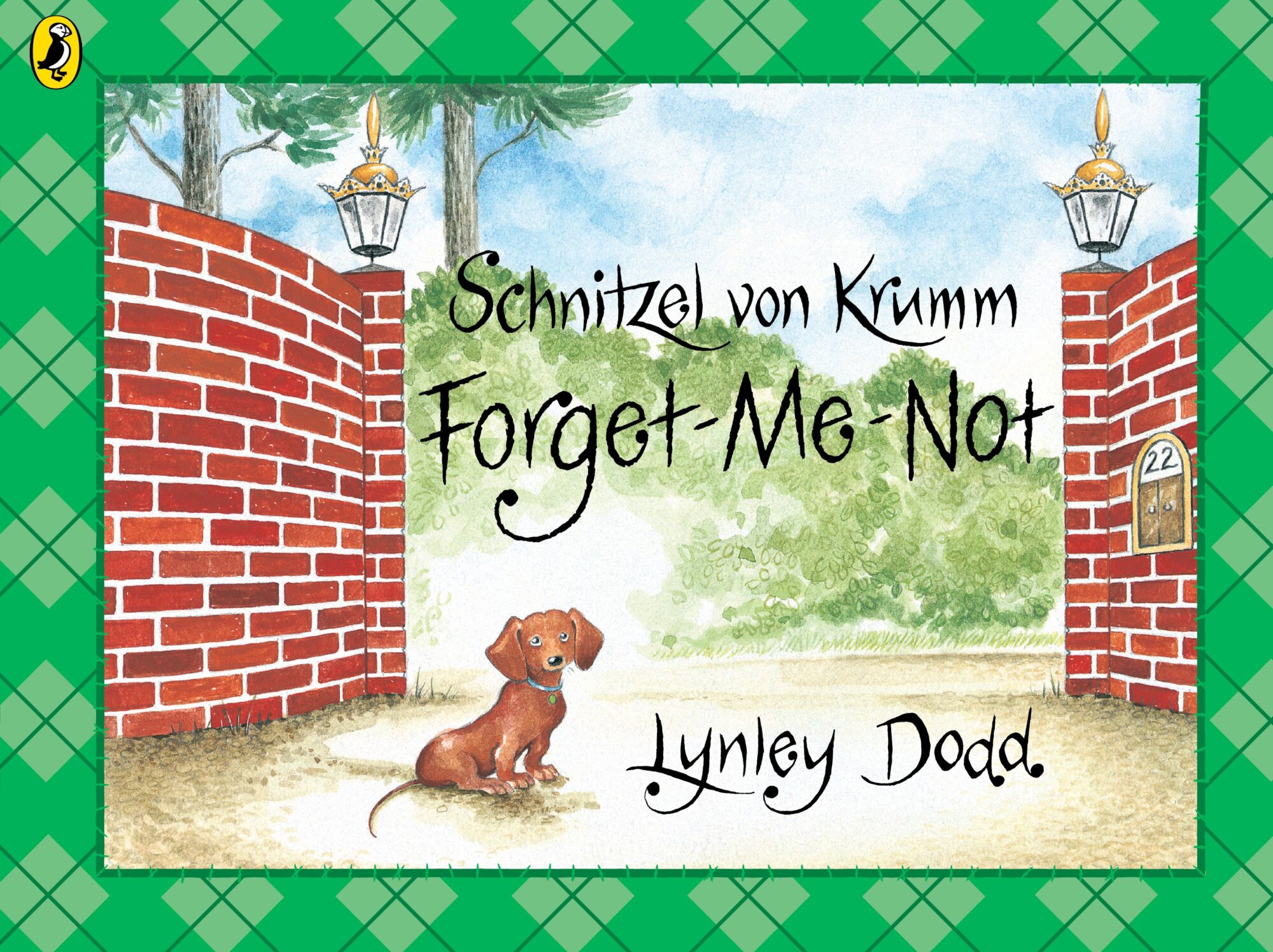Schnitzel Von Krumm Forget Me Not is the tenth book in Lynley Dodd’s Hairy Maclary series, and was published in 1998.
Many of Lynley Dodd’s picture books are told with a carnivalesque structure. Schnitzel von Krumm, Forget-me-not is different. This one is told using classic structure and, in my opinion, is one of the most moving of the Hairy Maclary series. Anyone who has a dog may feel their heart overflow. To achieve such pathos is an amazing achievement in a story with so few words.
So, how is it done?
PARATEXT
Schnitzel von Krumm gets underfoot during his family’s holiday packing and they accidentally leave him behind! Another hilarious adventure in Lynley Dodd’s Hairy Maclary and Friends series.
When Schnitzel disrupts his family’s holiday packing they forget to put something very important in the car . . .
‘We’re all in a hurry, we MUST get away
so Schnitzel von Krumm –
PLEASE –
keep out of the way!’Schnitzel von Krumm’s family is packing to go on holiday. The little dog meddles and snoops and gets underfoot until everyone is driven mad. At last the car is packed; seatbelts are fastened and they all set off. But when they’ve driven far out of town they stop and realise their horrible mistake. Schnitzel has been left behind!
Back at home, poor Schnitzel is howling. Who will come to his rescue?
Marketing copy
SETTING OF SCHNITZEL VON KRUMM FORGET-ME-NOT
This picture book is clearly set in New Zealand, in Tauranga where Lynley Dodd lives. The Mount is clearly visible in one of the backgrounds. (Mauao Mount Maunganui.)
Importantly, this is a cosy environment where children are reassured that if anything bad should happen to them, a neighbour will come to their aid.
STORY STRUCTURE OF SCHNITZEL VON KRUMM FORGET-ME-NOT
SHORTCOMING
The terrible thing about being a dog: You don’t speak the language of your family. My closest experience to the kind of bewilderment that dogs feel permanently: Going to Japan as a high school exchange student. The first afternoon I was there, I had no idea where we were going. I’d learned Japanese for five years at high school but not to the point where I could hear words and understand them. (That takes three to five months.) So for the first month or so, everything that happened was an utter surprise. Why are we stopping? Oh, we’re going to a bread shop. What is expected of me here? Oh, I have to choose bread that I’d like to eat for breakfast, because my host family thinks that Westerners have to eat bread….
These days, I wish I could tell my dog I’m going out and will be home in three hours.
But no, as far as my dog is concerned, I’ve left him forever. I’ve been eaten by wolves. I’m never coming back.
So it must be with poor Schnitzel Von Krumm, who is very deliberately getting under everyone’s feet because he does not want his pack to forget about him.
The best stories contain irony; there it is.
DESIRE
Schnitzel simply wants to be wherever his humans are.
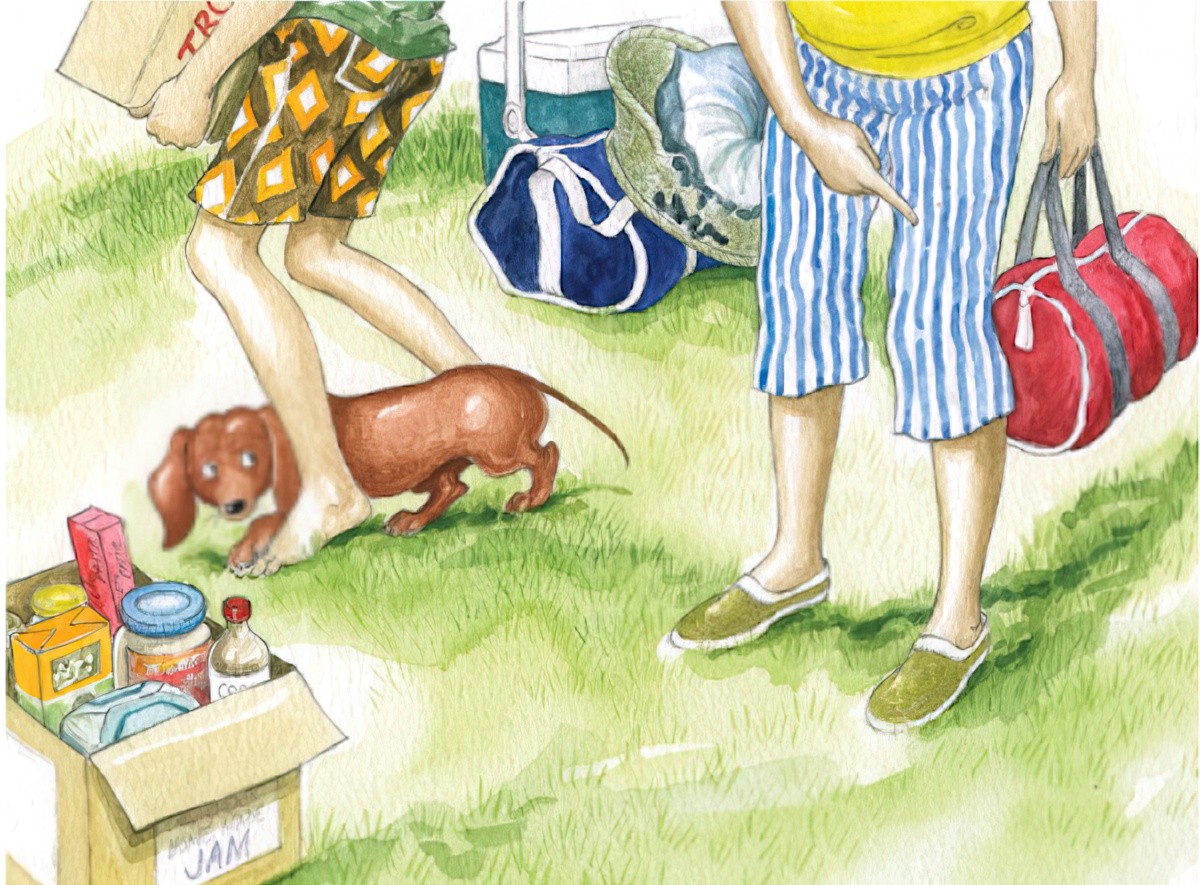
Meanwhile, the humans are in that irritating car-packing phase, familiar to anyone who’s been on a car trip. Once you’re in the car, everything’s fine. The period leading up to that is stressful.
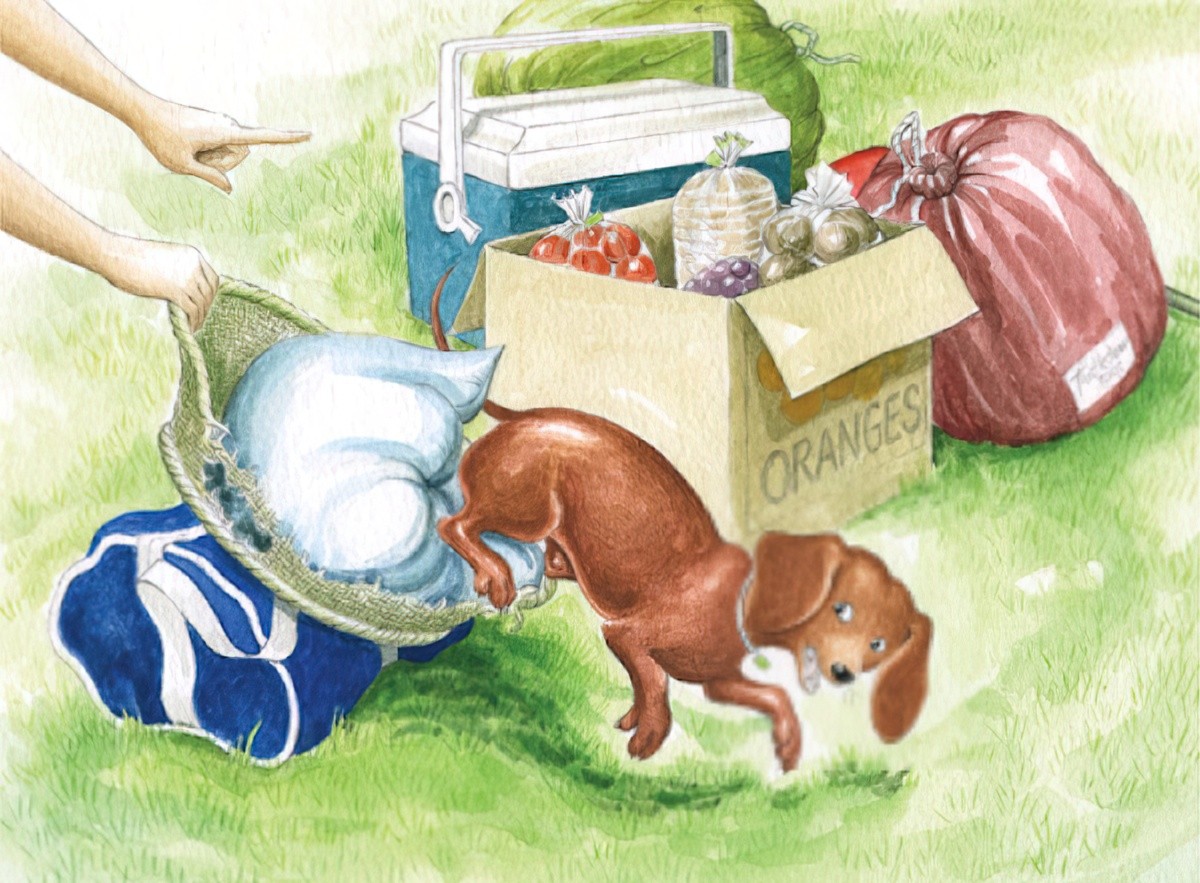
OPPONENT
Schnitzel wants attention from his family. The family want to get on with the job of packing the car. This creates conflict, as the desires are different.
PLAN
Well, what can a dog do apart from get under everyone’s feet? He is told to go away, so he does. We’re not shown where he goes, but part of me wonders if the author/illustrator initially considered showing Schnitzel in his bed. (We have seen his precious bed in another Hairy Maclary book.) However, his bed has already been packed.
THE BIG STRUGGLE
The climax for Schnitzel: He understands he’s been left behind.
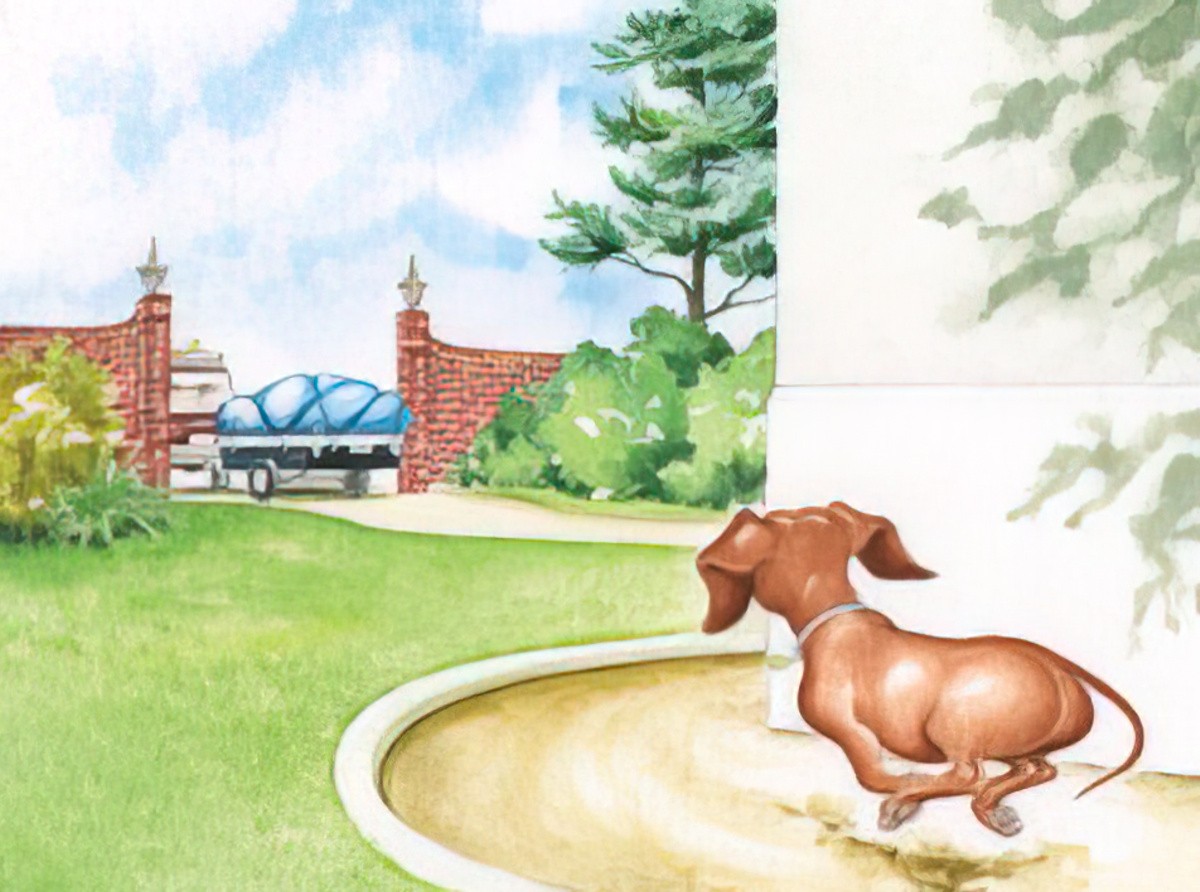
For the family: They realise they’ve forgotten something.
Miss Plum hears Schnitzel howling and comes to his aid. Now there’s an exciting car chase as Miss Plum tries to catch the family up.
ANAGNORISIS
The young reader learns that although Schnitzel was left behind, everything was okay in the end.
NEW SITUATION
Schnitzel looks very content with his head out the window like that, tongue lolling in the wind.
EXTRAPOLATED ENDING
The holiday will progress smoothly from here on in. We know exactly what sort of holiday they’ll be having because of the items which went into the car.
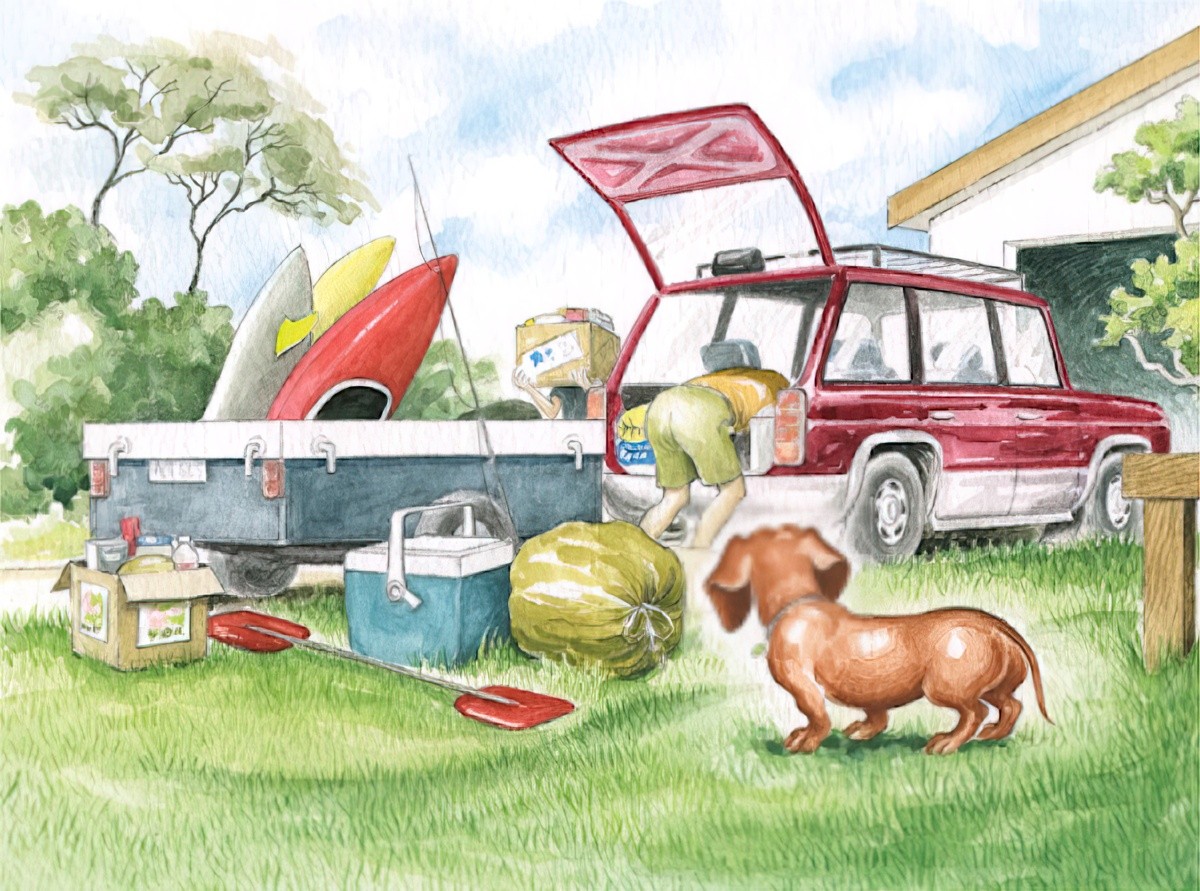
RESONANCE
Stories like this are evergreen because young humans are entirely helpless without their family, and the fear of being left behind or abandoned is primal.
MORE DASCHUNDS
WHISTLE FOR WILLY BY EZRA JACK KEATS
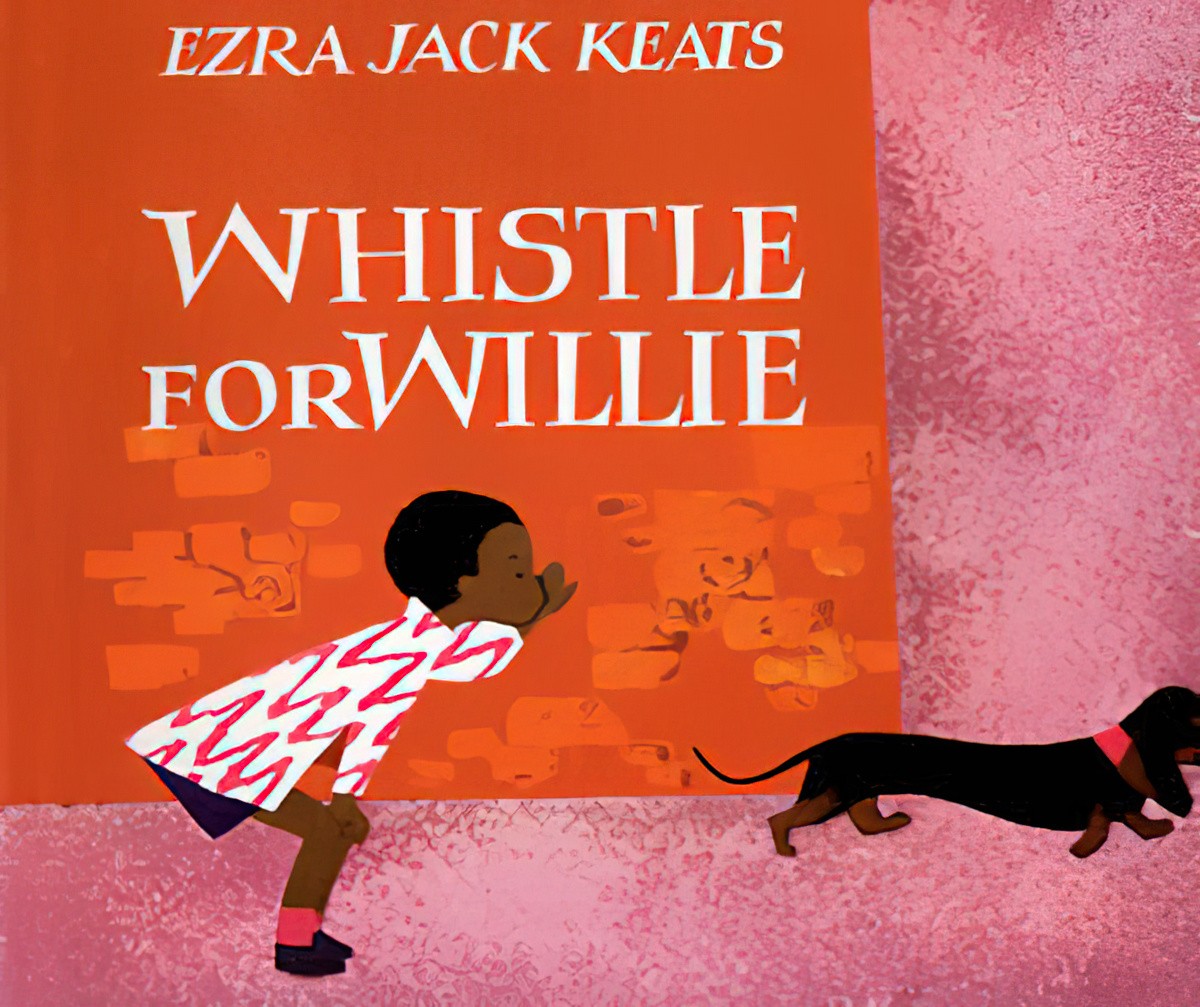
This is the simple story of Peter, who longs to whistle for his dog, Willie, and persists until he does. When Whistle for Willie was first published in 1964, The New York Times wrote, “Mr. Keats’s illustrations boldly, colorfully capture the child, his city world, and the shimmering heat of a summer’s day.
PRETZEL BY MARGRET REY
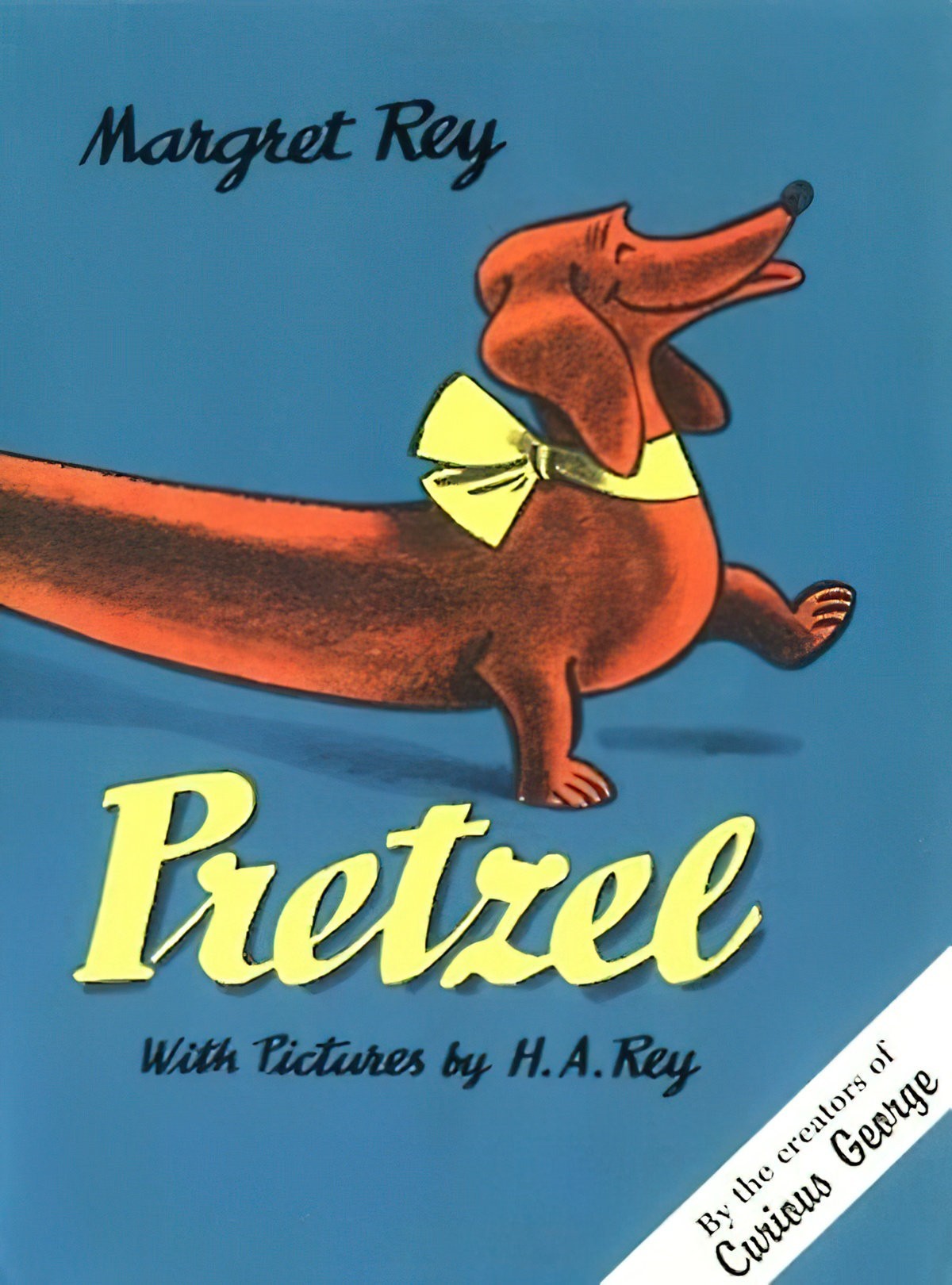
This is the happily-ever-after story of Pretzel, the longest dachshund in the world, and the lengths he goes for puppy love. One morning in May five little dachshunds are born. But one grows up to be the longest of all! Pretzel easily wins a blue ribbon at the dog show and the admired of everyone – everyone except Greta, the little dachshund across the street, who doesn’t care for long dogs. But Pretzel is able to use his unique gift to win Greta over, and before long they have puppies of their very own.
NOODLE BY MUNRO LEAF AND LUDWIG BEMELMANS
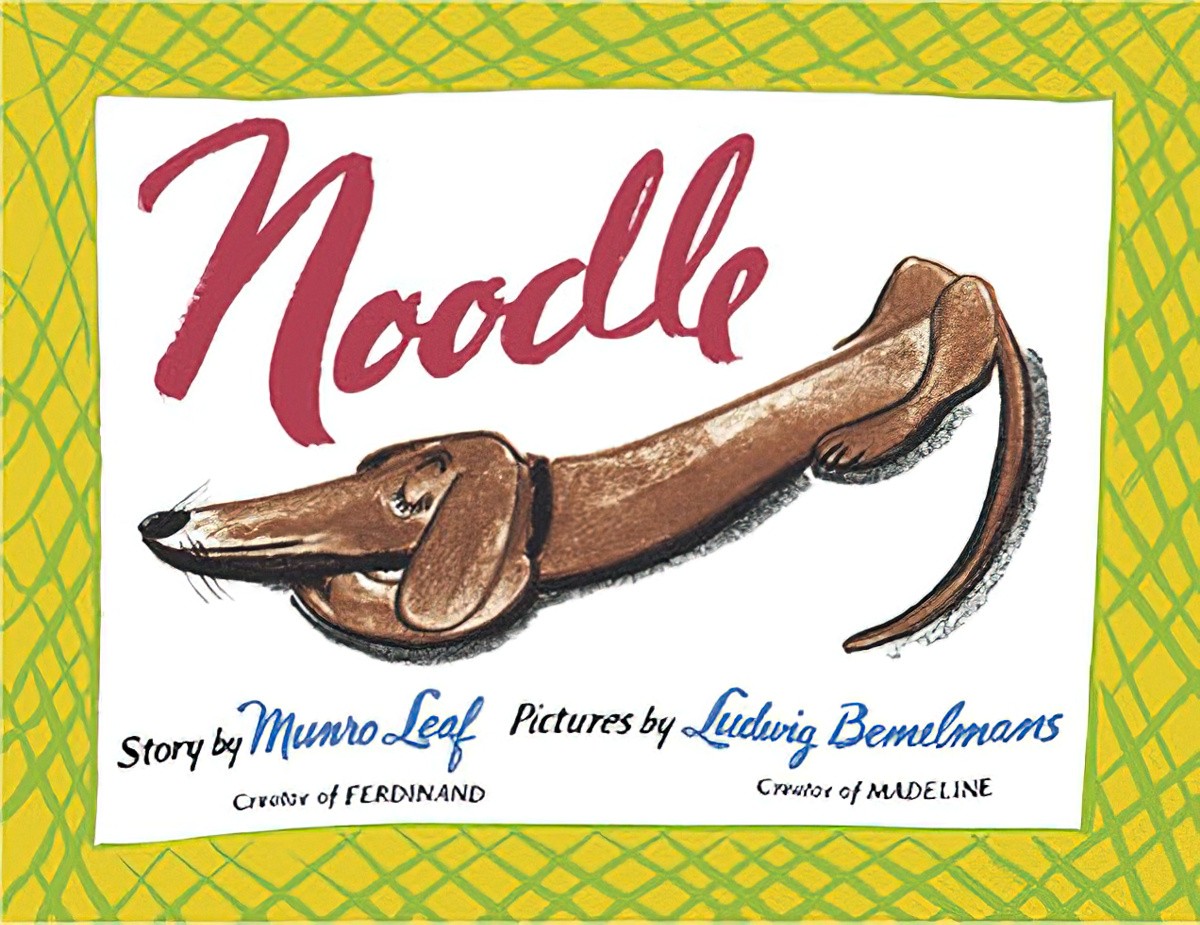
Originally published in 1937 by children’s book greats Ludwig Bemelmans and Munro Leaf.
Noodle is a little dog who’s very long from front to back and very short from top to bottom, which makes it hard for him to dig for bones. One day Noodle finds a wishbone, and the dog fairy arrives with a flip-flap of wings to grant him a wish: “What size and shape do you want to be?” Noodle asks all the animals at the zoo what he should wish for, only to discover he might just be perfect — exactly the way he is.
THE HALLO-WIENER BY DAV PILKEY
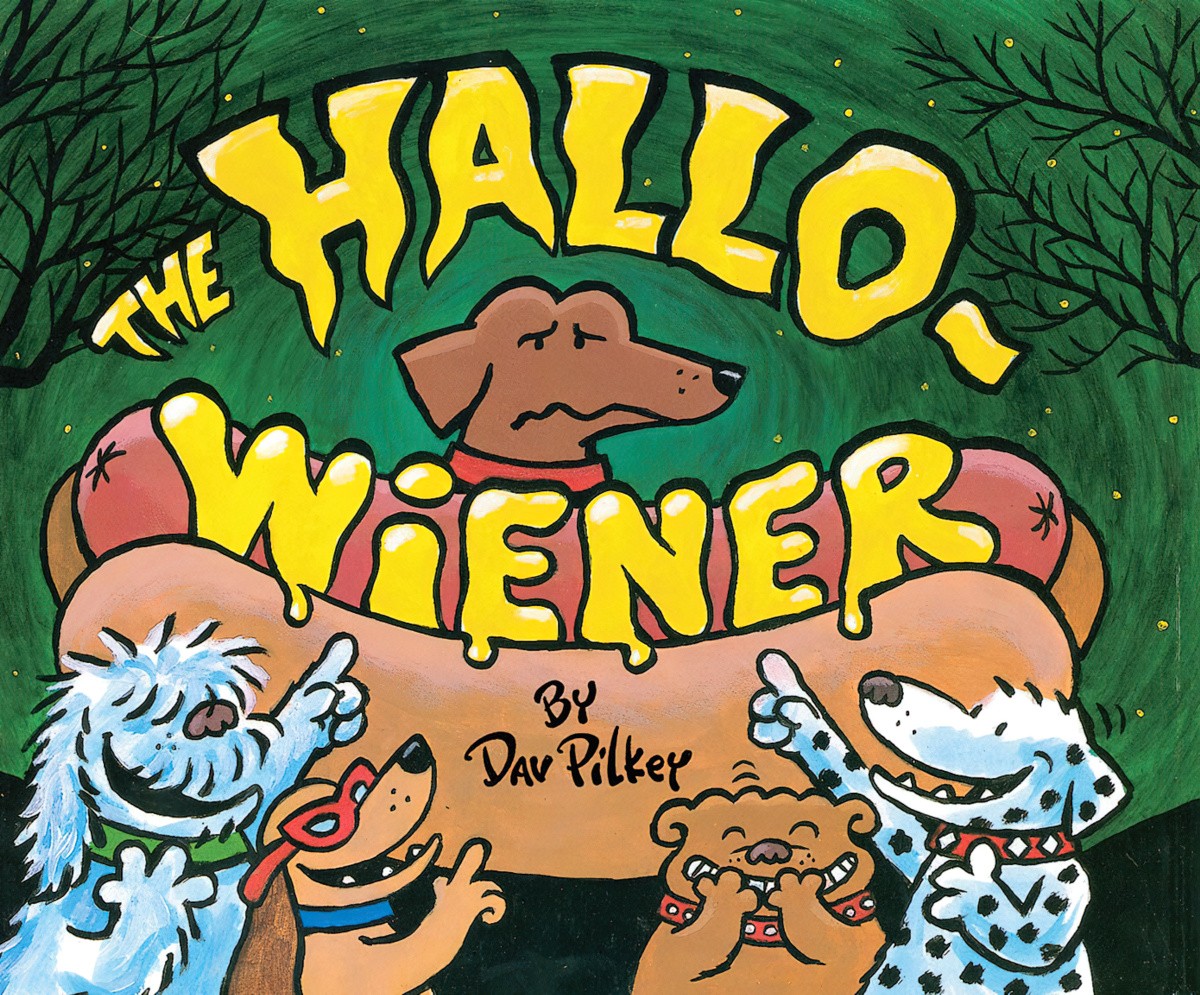
Oscar is a little dog with a big problem — he gets more tricks than treats because other dogs tease him all the time. But one brave act on Halloween makes Oscar a Grade-A hero, proving that a little wiener can be a real winner!
LILY AND THE OCTOPUS BY STEVEN ROWLEY
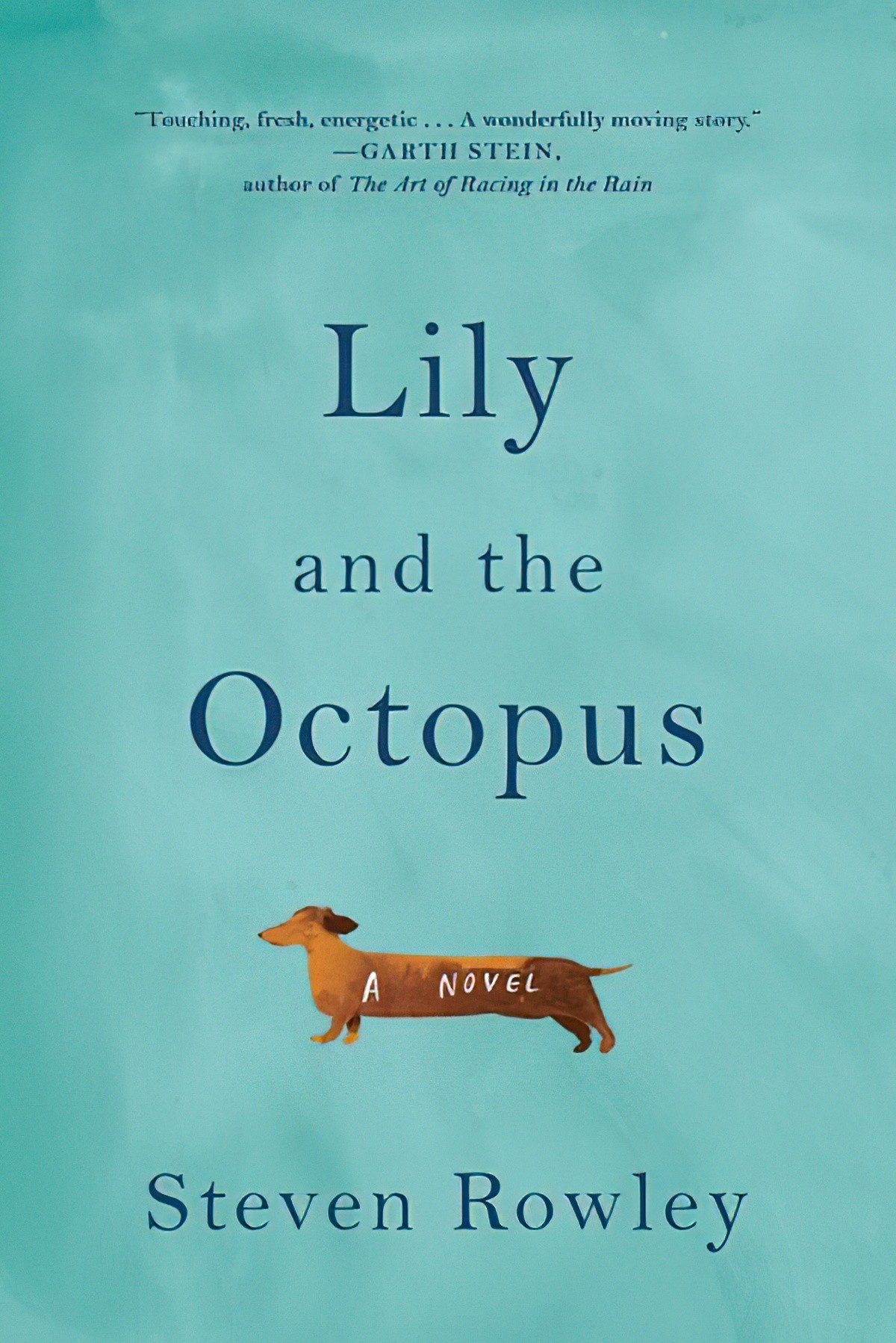
The magic of this novel is in the read, and we don’t want to spoil it by giving away too many details. We can tell you that this is a story about that special someone: the one you trust, the one you can’t live without.
For Ted Flask, that someone special is his aging companion Lily, who happens to be a dog. Lily and the Octopus reminds us how it feels to love fiercely, how difficult it can be to let go, and how the fight for those we love is the greatest fight of all.
